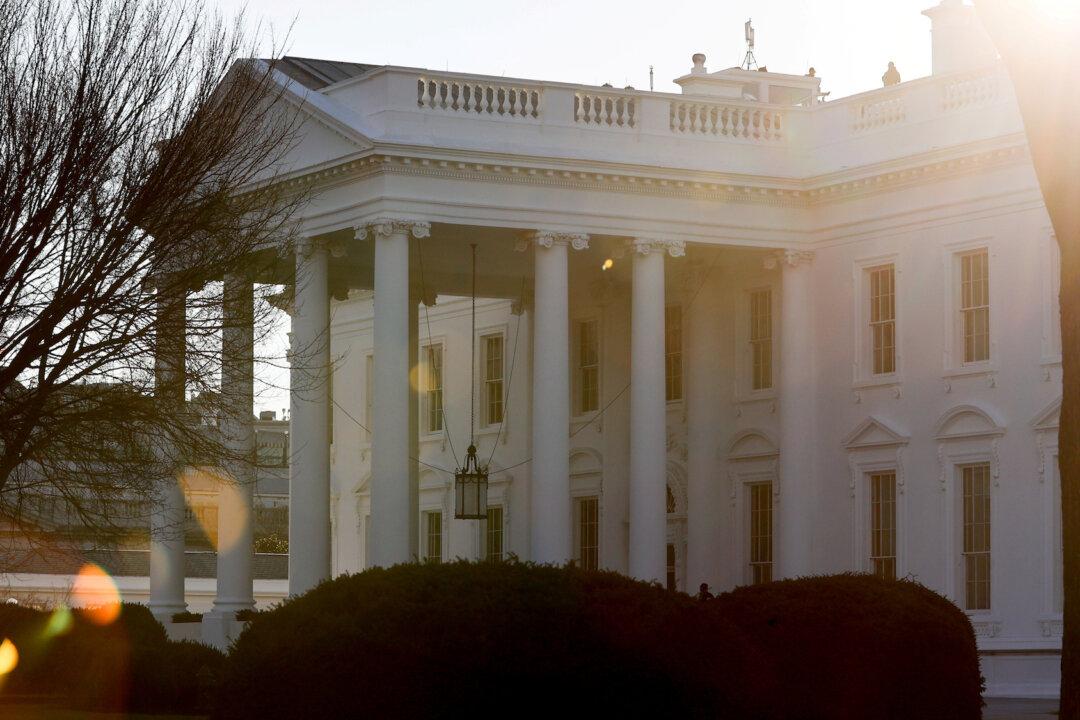The White House on Thursday revoked Trump administration guidance that sought to limit the use of “remote or speculative” environmental consequences of greenhouse gas effects on major projects like highways and pipelines.
The White House Council on Environmental Quality (CEQ) rescinded the Trump administration’s 2019 draft National Environmental Policy Act (NEPA) guidance, which called on federal agencies to consider only “reasonably foreseeable environmental consequences” of major infrastructure projects, while excluding those that are “remote or speculative.”





